Food is more than just sustenance; it is a gateway to understanding cultures, traditions, and histories. A culinary journey, or a "food tour," is an immersive experience that allows travelers to explore the world through their taste buds. This article delves into the essence of a culinary journey, highlighting key English vocabulary that encapsulates the richness of this experience.
1. Gastronomy: The Art and Science of Good Eating
Gastronomy is the study of food and culture, with a particular focus on gourmet cuisine. It encompasses the preparation, presentation, and appreciation of food. A culinary journey often begins with an exploration of local gastronomy, where travelers sample traditional dishes and learn about the ingredients and techniques that define a region's culinary identity.
2. Cuisine: The Culinary Style of a Region
Cuisine refers to the characteristic style of cooking practices and traditions associated with a particular culture or region. Each cuisine is a reflection of its environment, history, and people. For instance, Italian cuisine is renowned for its pasta and pizza, while Japanese cuisine is celebrated for its sushi and sashimi. A culinary journey allows travelers to experience the diversity of cuisines around the world.
3. Flavors: The Taste Sensations
Flavors are the sensory impressions perceived by the taste buds. They can be sweet, sour, salty, bitter, or umami. A culinary journey is a sensory adventure where travelers encounter a myriad of flavors. From the spicy curries of India to the tangy ceviche of Peru, each flavor tells a story of its origin.
4. Ingredients: The Building Blocks of Dishes
Ingredients are the raw materials used in cooking. They can be fresh, dried, or preserved, and they vary widely depending on the region. A culinary journey often involves discovering unique ingredients that are integral to local dishes. For example, saffron is a prized ingredient in Spanish paella, while truffles are a luxury in French cuisine.
5. Recipes: The Blueprint for Culinary Creations
Recipes are detailed instructions for preparing a dish. They include a list of ingredients, measurements, and step-by-step directions. A culinary journey can inspire travelers to bring home recipes from their travels, allowing them to recreate the flavors of their journey in their own kitchens.
6. Street Food: The Heartbeat of Local Culture
Street food is food sold by vendors in public places, such as markets, streets, and festivals. It is often affordable, quick, and deeply rooted in local culture. A culinary journey is incomplete without sampling street food, which offers an authentic taste of a region's culinary heritage. From the tacos of Mexico to the banh mi of Vietnam, street food is a window into the soul of a place.
7. Fusion Cuisine: The Blending of Culinary Traditions
Fusion cuisine is the combination of elements from different culinary traditions. It is a creative and innovative approach to cooking that results in unique and exciting dishes. A culinary journey can introduce travelers to fusion cuisine, where they can experience the harmonious blending of flavors and techniques from different cultures.
8. Food Markets: The Hubs of Culinary Activity
Food markets are vibrant spaces where locals and travelers alike can explore a variety of fresh produce, spices, and prepared foods. They are often the heart of a community's culinary scene. A culinary journey often includes visits to food markets, where travelers can interact with vendors, sample local delicacies, and gain insights into the region's food culture.
9. Culinary Tours: Guided Explorations of Food and Culture
Culinary tours are organized trips that focus on food and drink experiences. They can include cooking classes, wine tastings, and visits to local farms and markets. A culinary journey can be enhanced by participating in culinary tours, which provide structured and immersive experiences that deepen one's understanding of a region's culinary landscape.
10. Food Festivals: Celebrations of Culinary Heritage
Food festivals are events that celebrate the culinary traditions of a region. They often feature food stalls, cooking demonstrations, and cultural performances. A culinary journey can coincide with food festivals, offering travelers the opportunity to partake in festive celebrations and indulge in a wide array of dishes.
11. Farm-to-Table: The Movement Towards Sustainable Eating
Farm-to-table is a movement that emphasizes the use of locally sourced, seasonal ingredients. It promotes sustainability and supports local farmers. A culinary journey can align with the farm-to-table philosophy, encouraging travelers to seek out restaurants and markets that prioritize fresh, locally grown produce.
12. Food Pairing: The Art of Matching Food and Drink
Food pairing is the practice of combining food with complementary beverages, such as wine, beer, or tea. It enhances the dining experience by creating harmonious flavor combinations. A culinary journey can include food pairing experiences, where travelers learn about the principles of pairing and how to elevate their meals with the right drink.
13. Culinary Traditions: The Legacy of Food Practices
Culinary traditions are the customs and practices related to food preparation and consumption that are passed down through generations. They are an integral part of a region's cultural heritage. A culinary journey allows travelers to witness and participate in culinary traditions, gaining a deeper appreciation for the history and significance of food in different cultures.
14. Food Photography: Capturing the Essence of Culinary Experiences
Food photography is the art of taking photographs of food. It is a popular aspect of culinary journeys, as travelers seek to document and share their food experiences. A culinary journey can inspire travelers to hone their food photography skills, capturing the beauty and essence of the dishes they encounter.
15. Culinary Literature: The Written Word on Food and Cooking
Culinary literature includes cookbooks, food memoirs, and culinary travelogues. It provides insights into the world of food and cooking, offering recipes, stories, and cultural context. A culinary journey can be enriched by reading culinary literature, which can serve as both inspiration and guide for exploring new culinary horizons.
In conclusion, a culinary journey is a multifaceted experience that goes beyond mere eating. It is an exploration of flavors, ingredients, traditions, and cultures. By immersing oneself in the culinary world, travelers can gain a deeper understanding of the places they visit and the people they meet. The English vocabulary associated with culinary journeys reflects the richness and diversity of this experience, offering a language to describe and appreciate the art of food. Whether through street food, fusion cuisine, or farm-to-table dining, a culinary journey is a celebration of the world's culinary heritage and a testament to the power of food to connect us all.

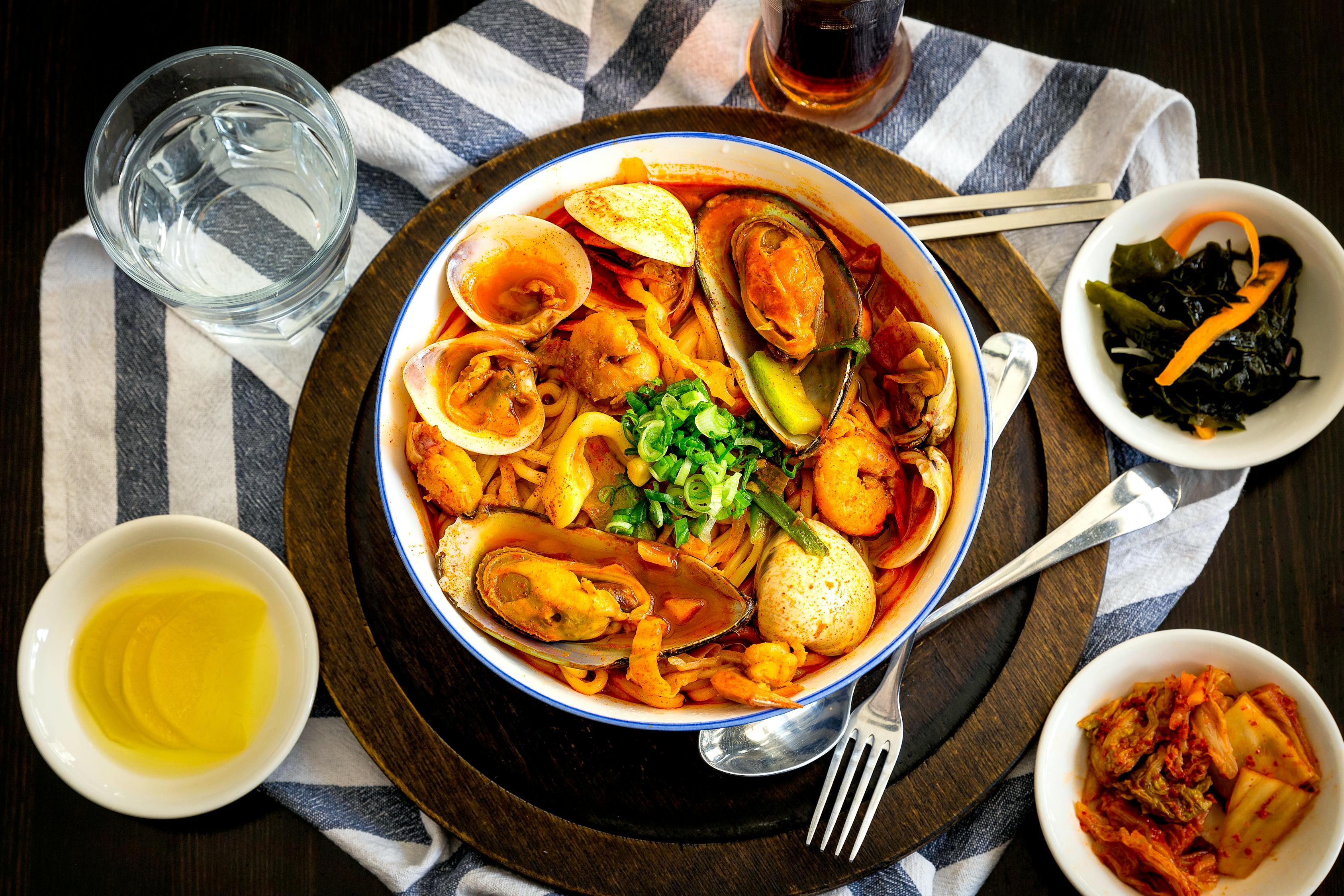

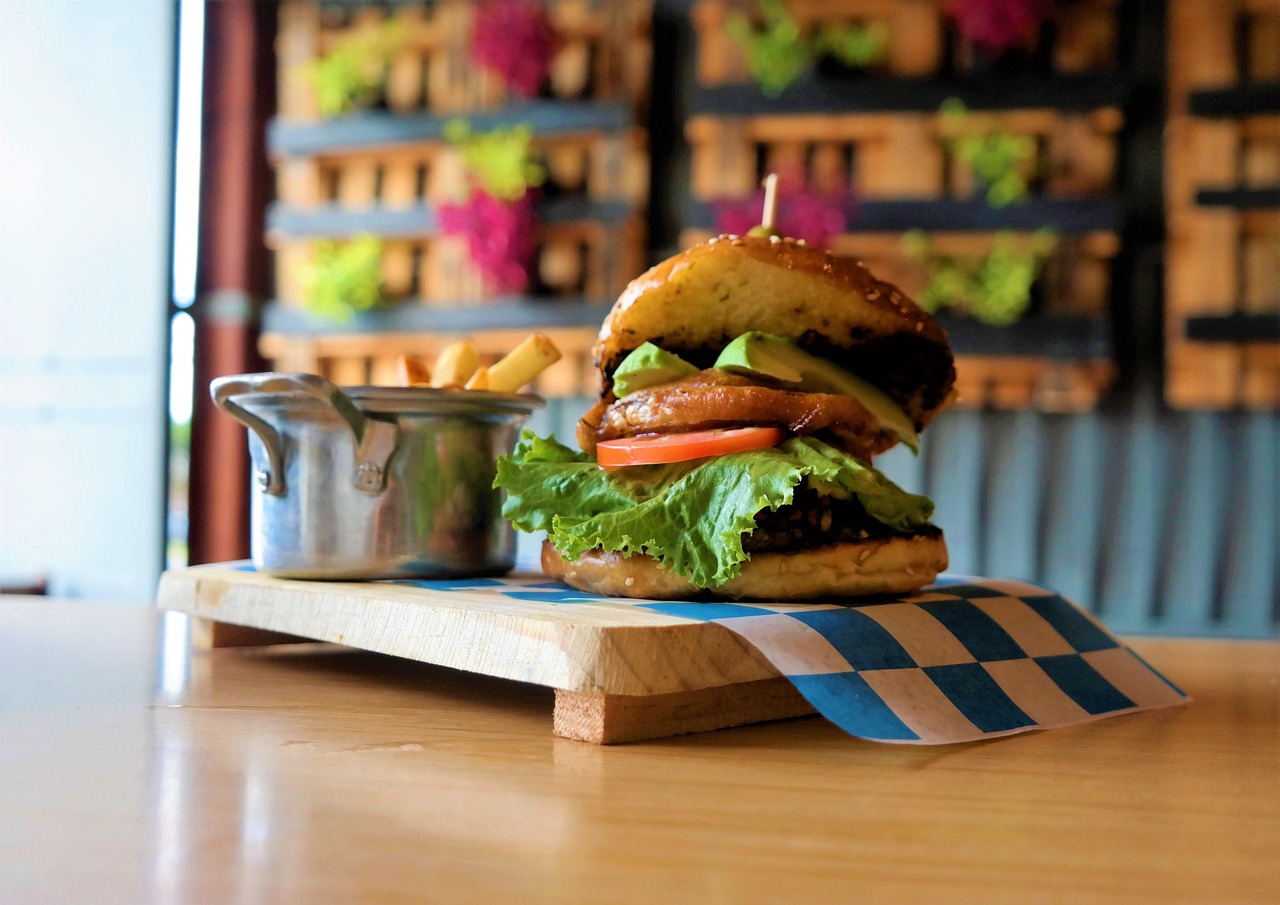

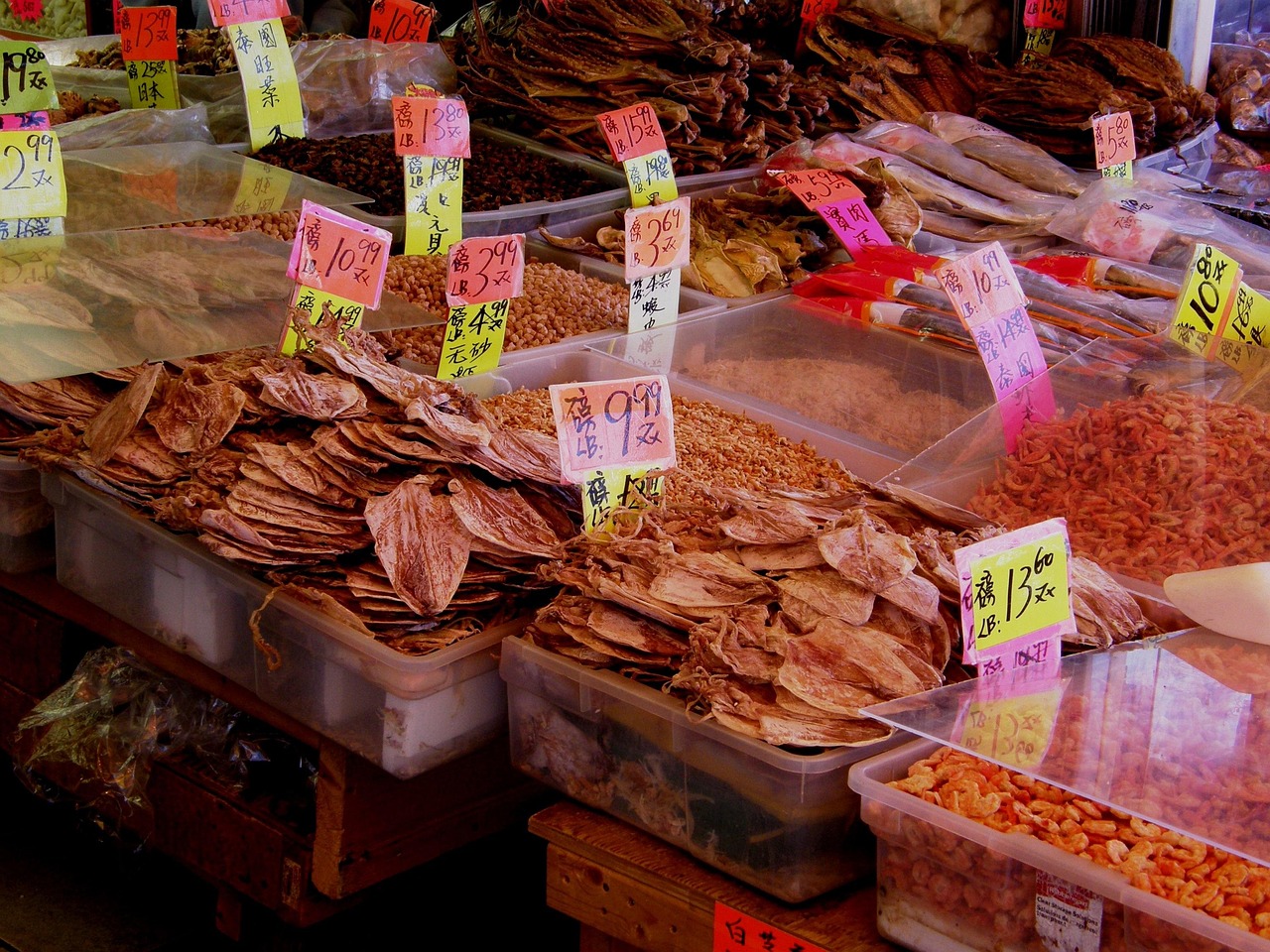
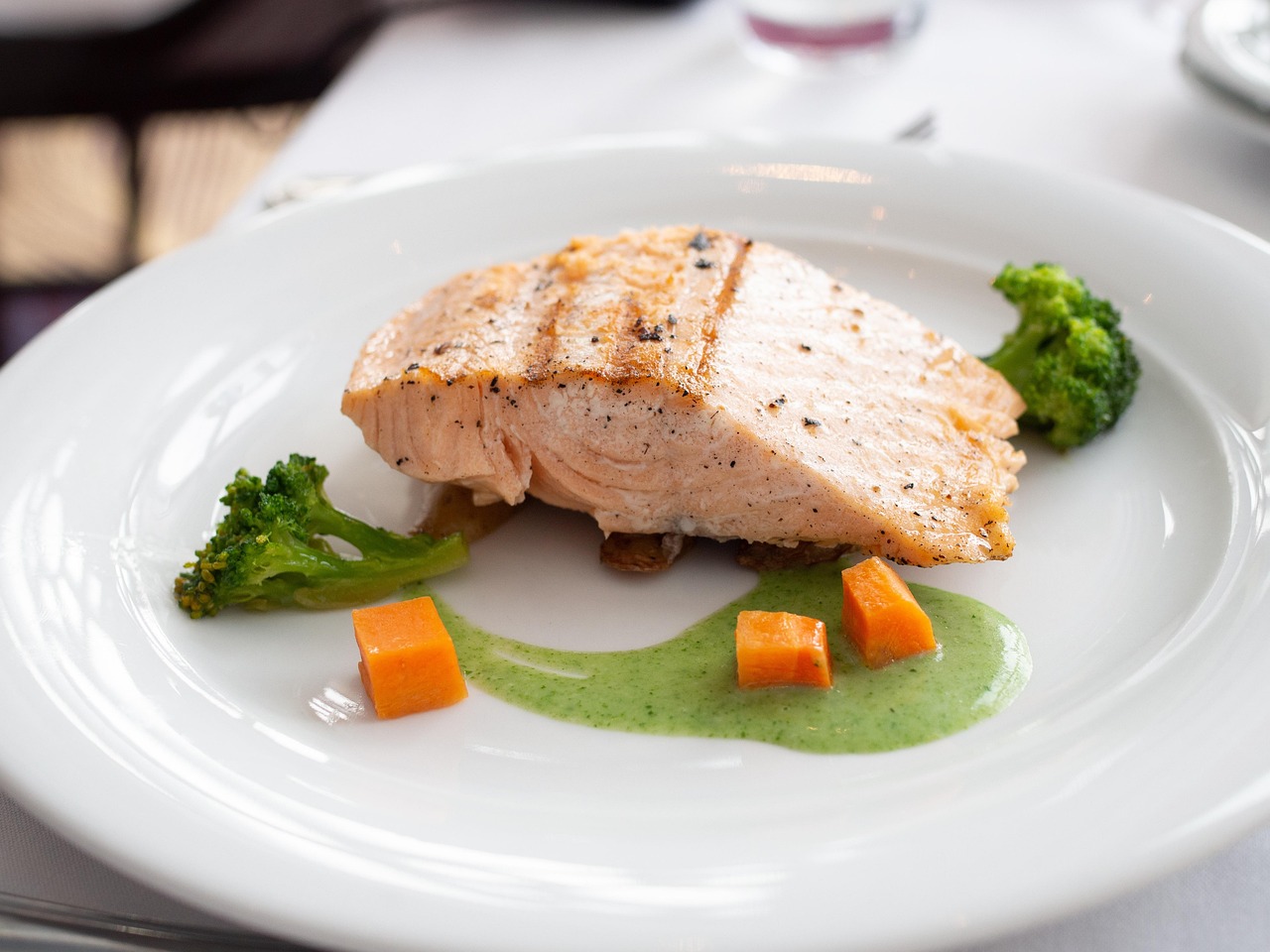

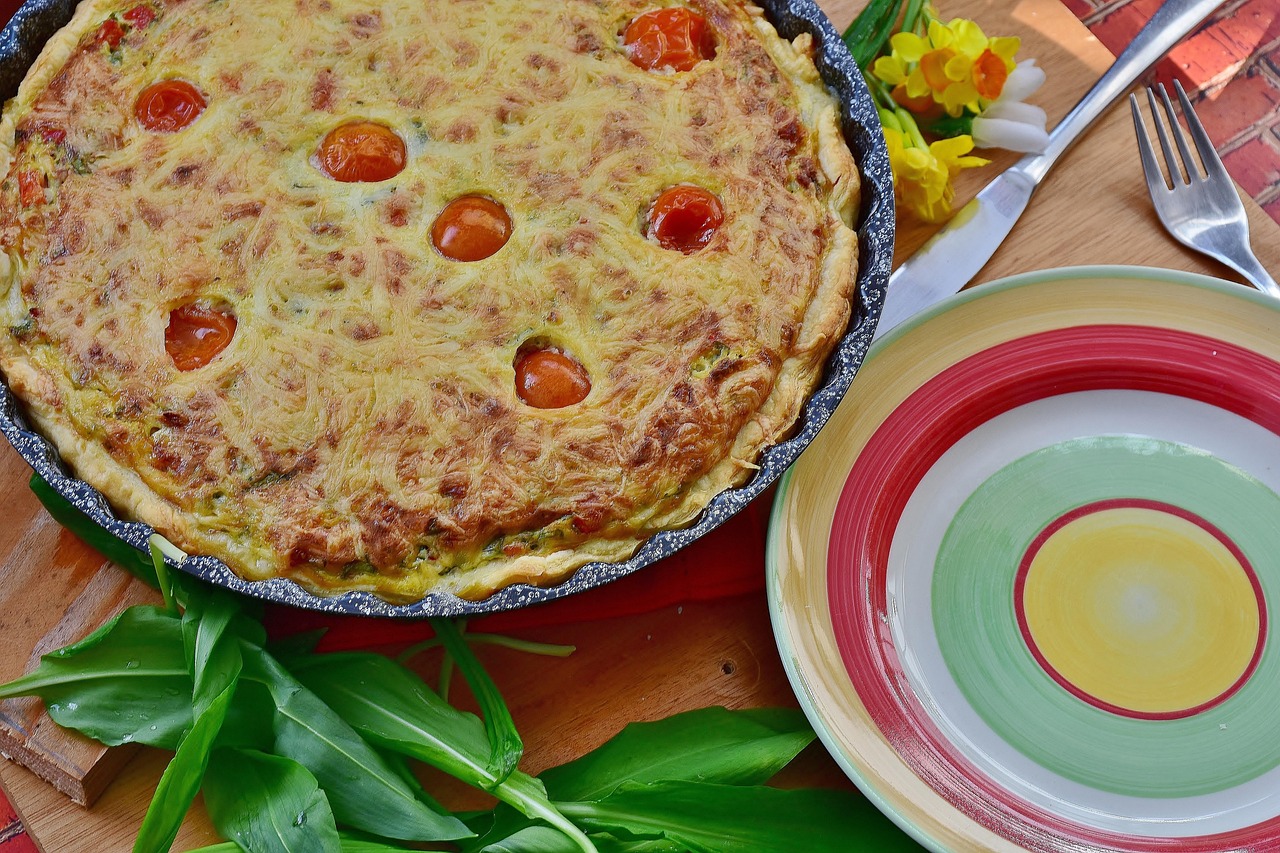
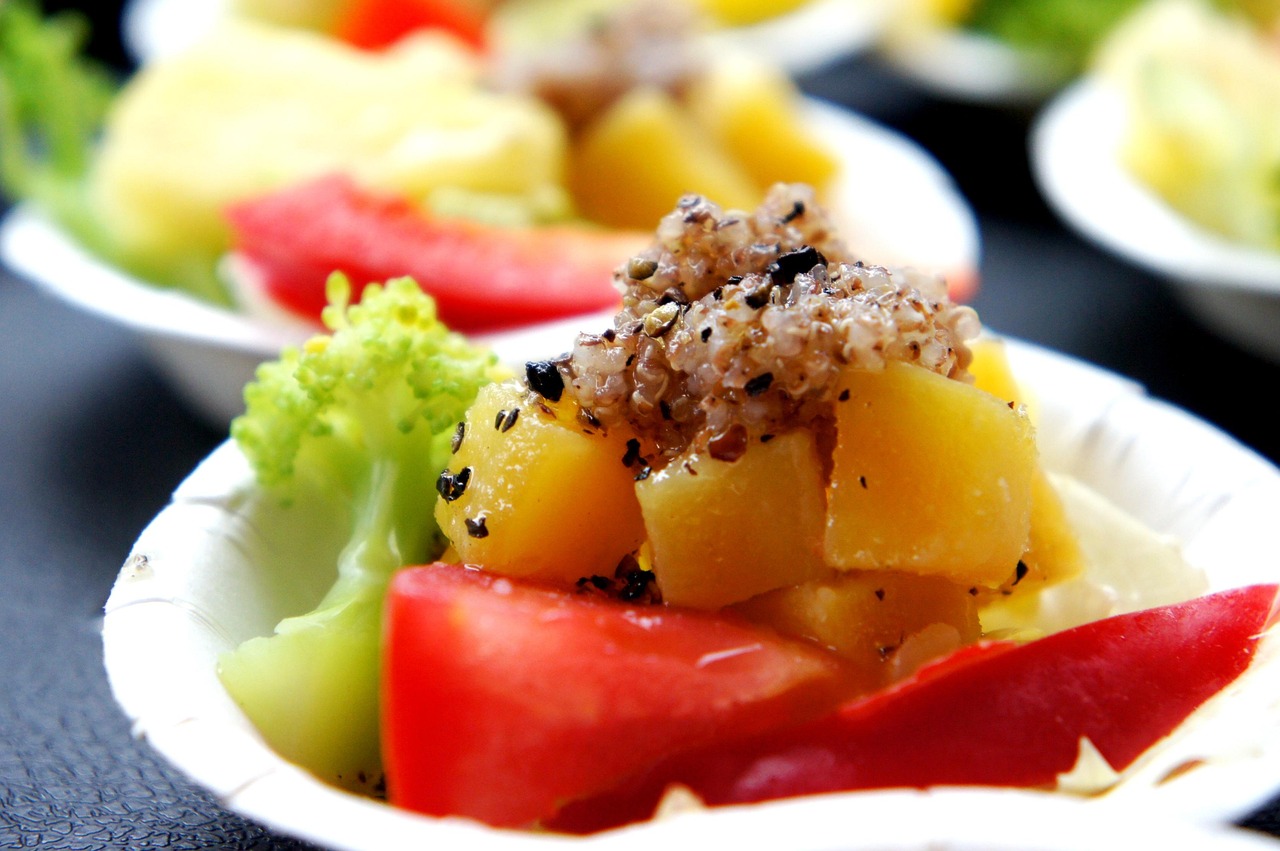

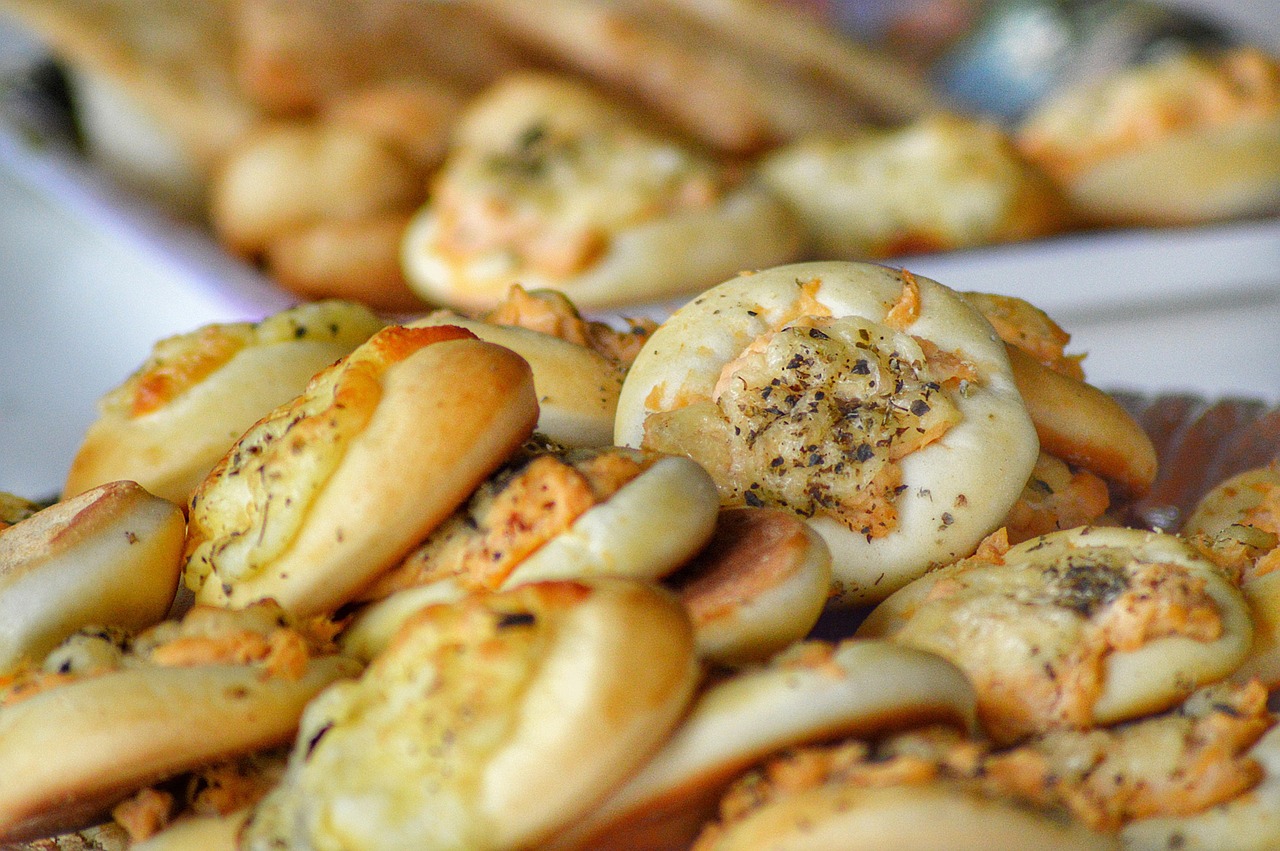
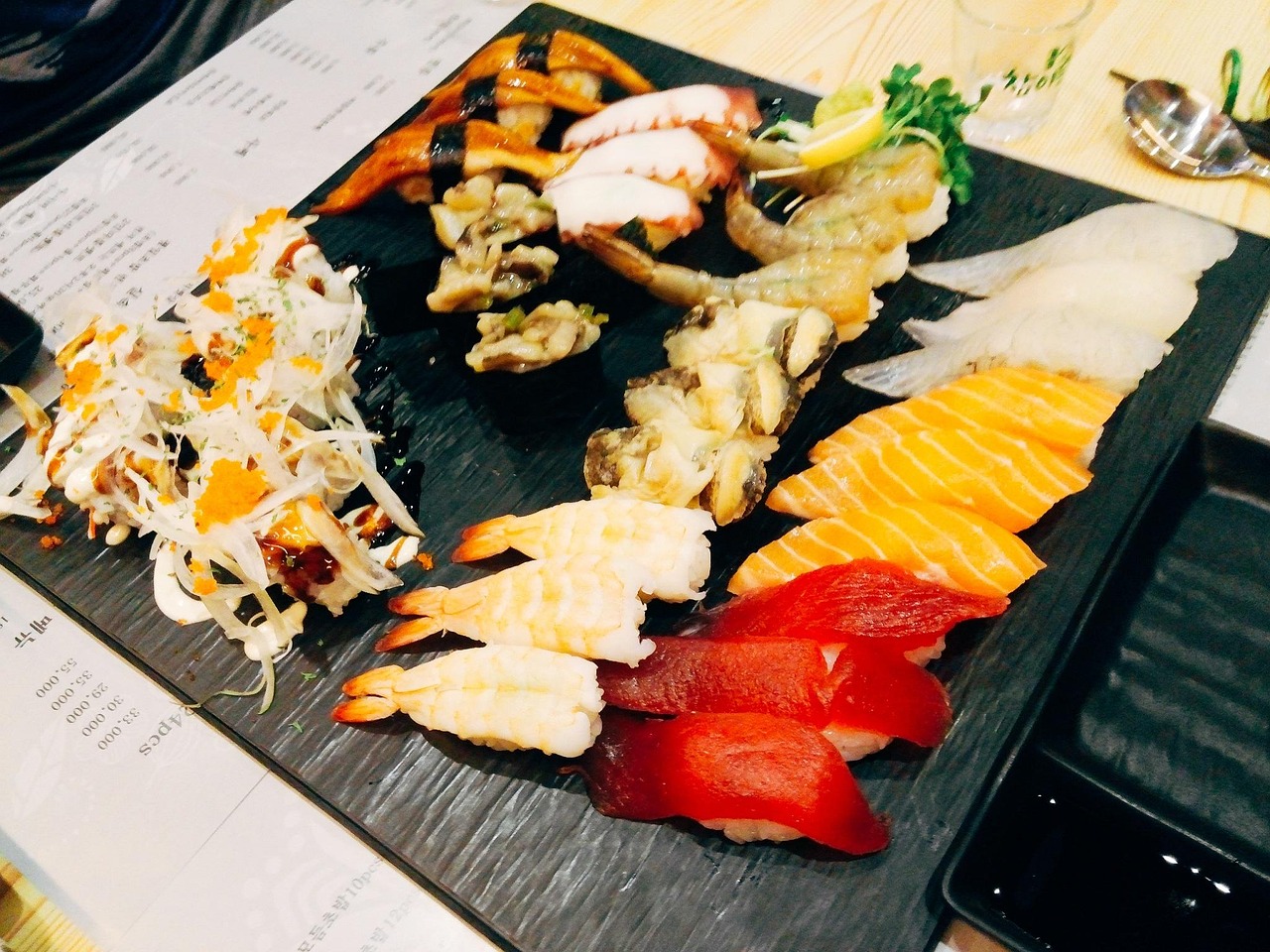
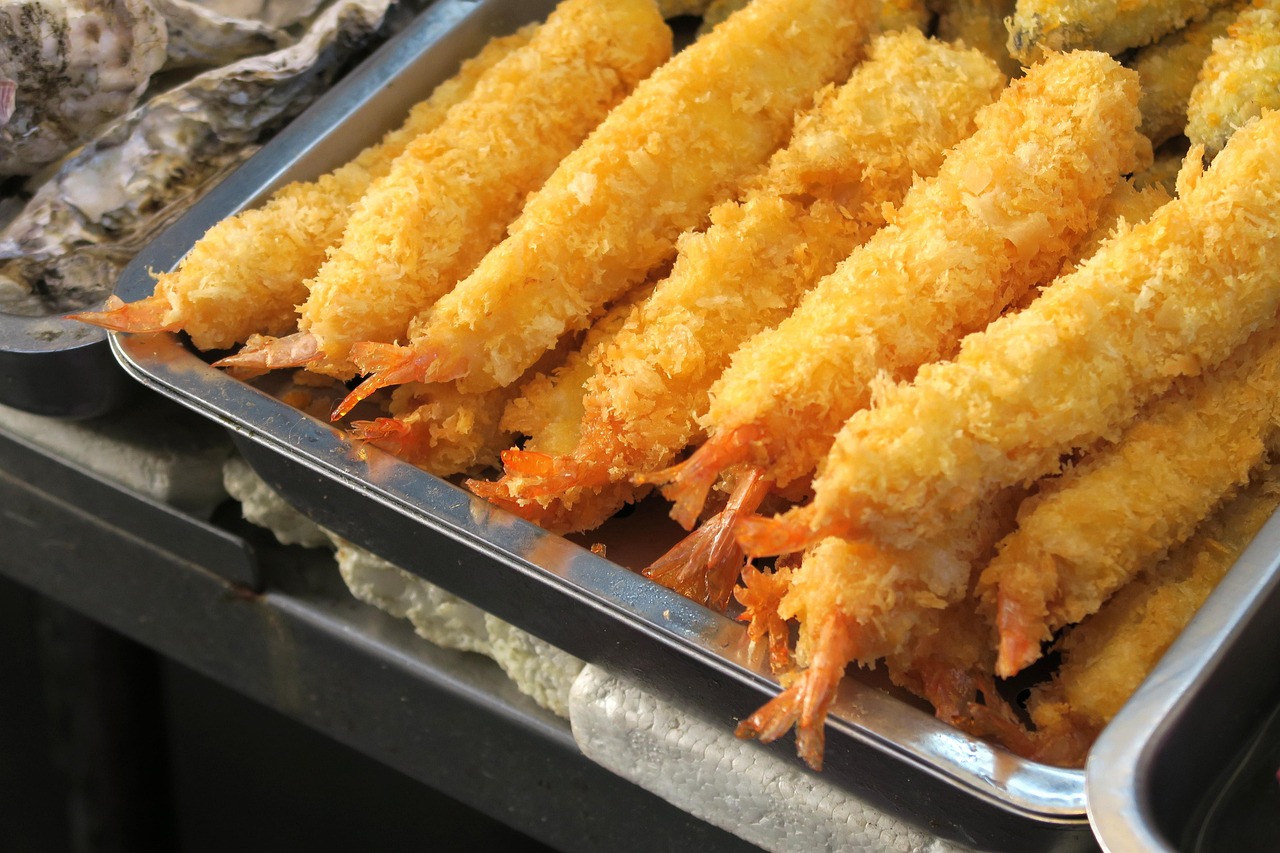
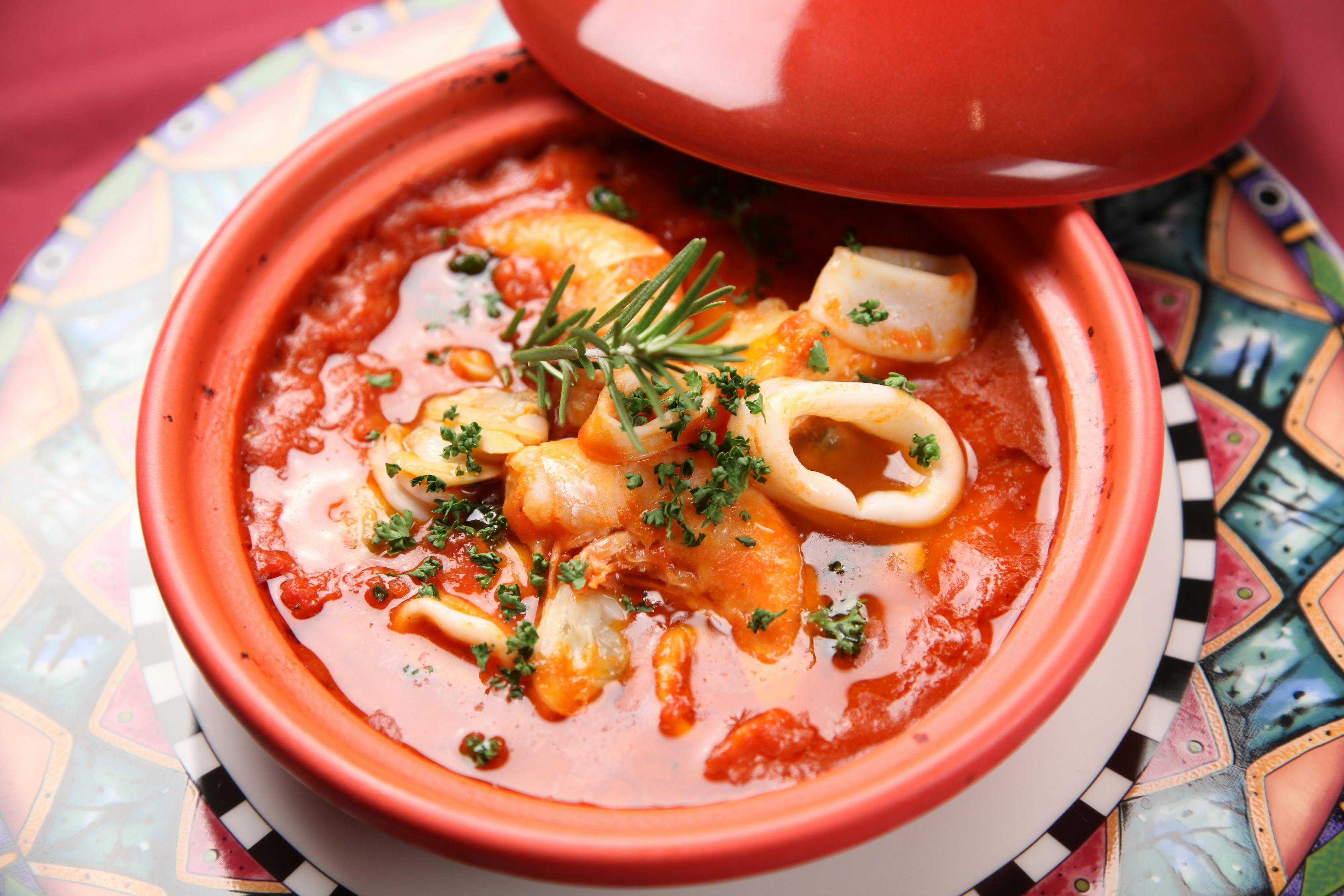
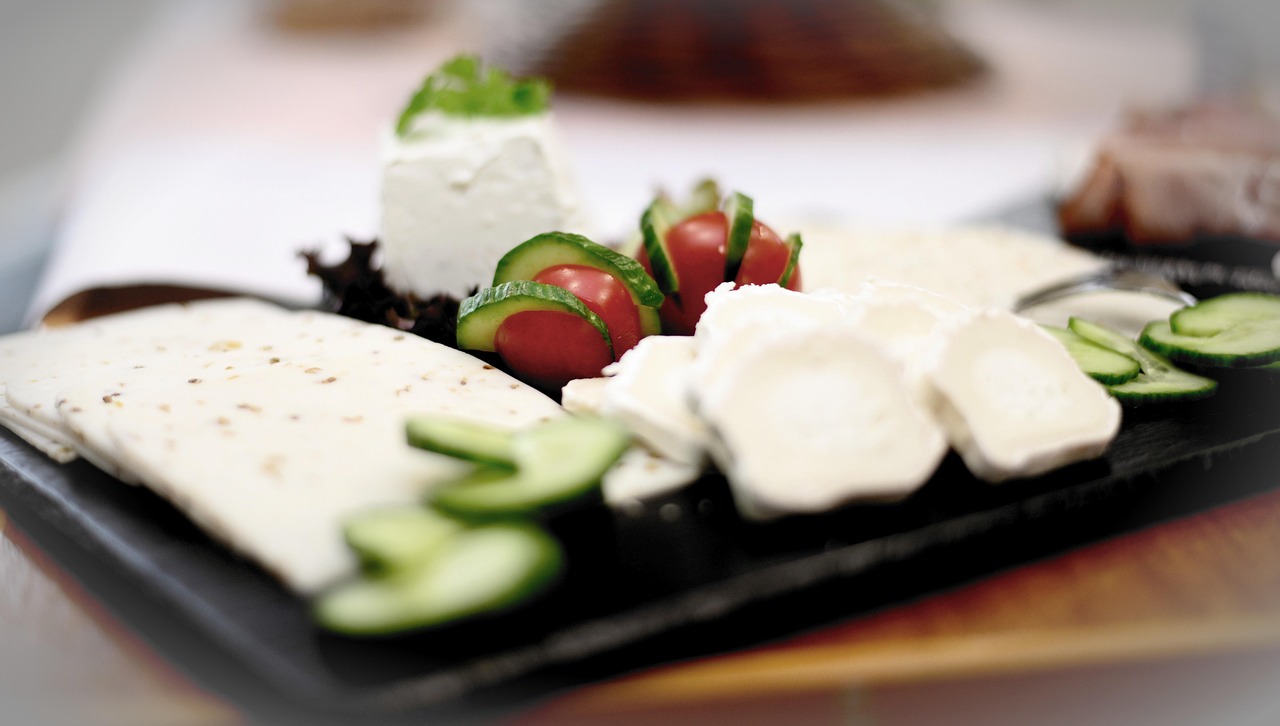
 京公网安备11000000000001号
京公网安备11000000000001号 闽ICP备2023004937号-3
闽ICP备2023004937号-3